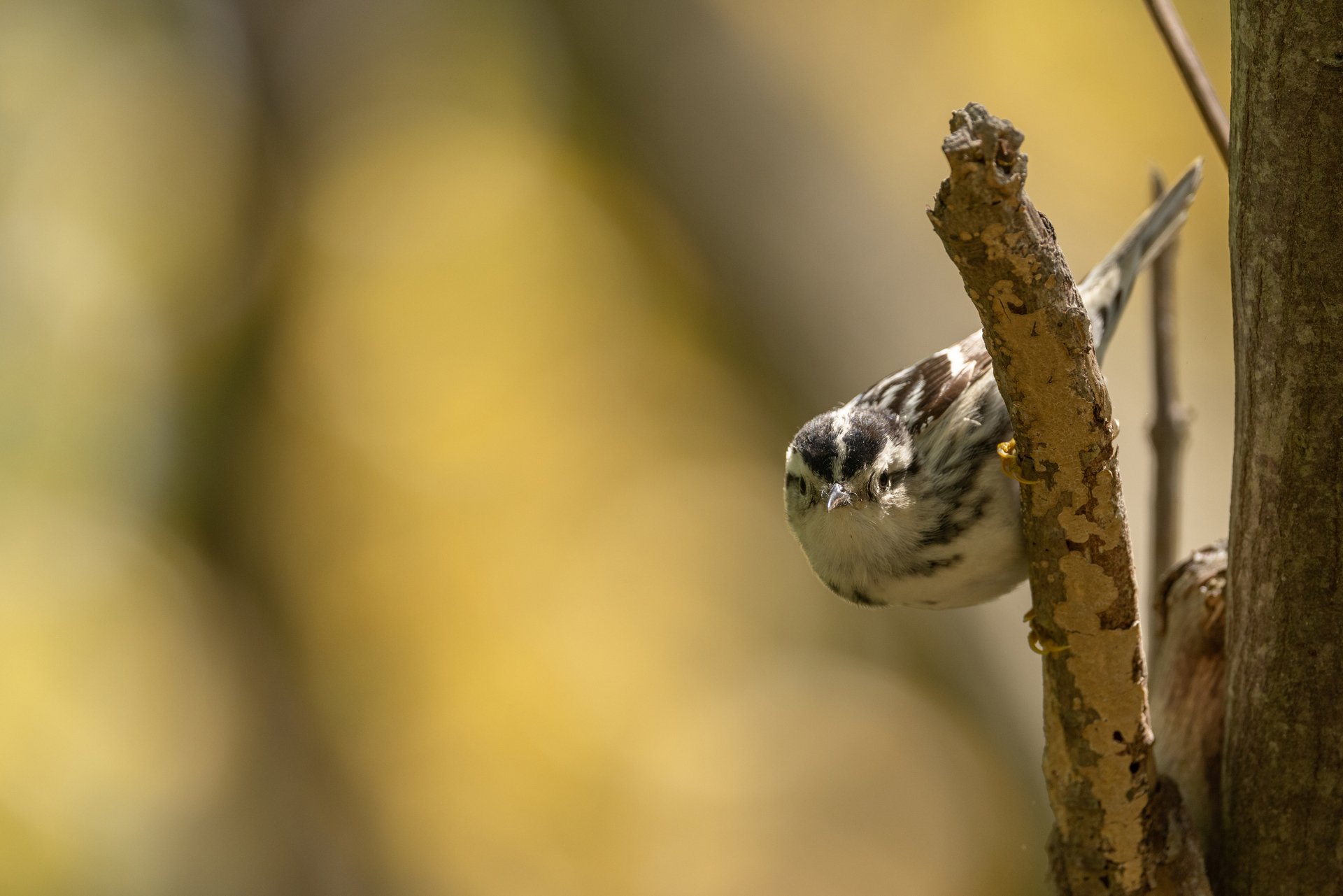Bird Conservation & Research
In order to make smart and effective conservation choices, we need a good understanding of how the birds of Massachusetts are doing and where they might need concentrated attention.
Mass Audubon maintains the most comprehensive public database of bird distribution, abundance, and trend information for the Commonwealth—a resource that's used by conservation partners and concerned citizens alike. This wealth of information is kept current through our long-term bird monitoring and research programs.
Projects & Initiatives
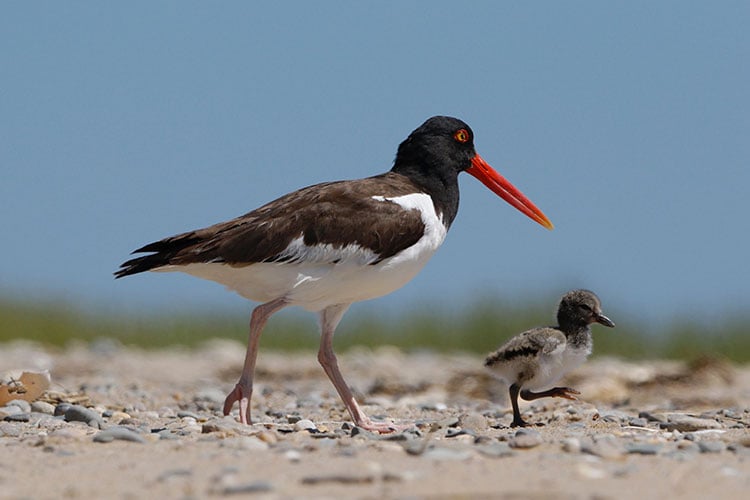
Coastal Waterbirds
We monitor and protect the most threatened species of coastal birds on 140 miles of coastline.
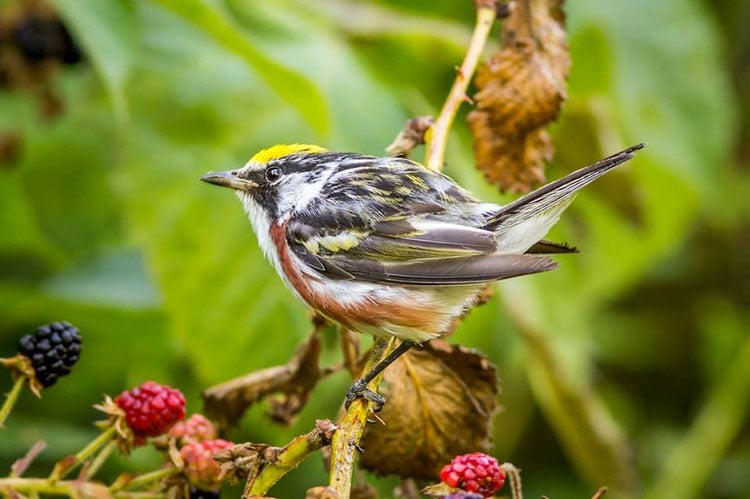
Forest Birds
New England forests are vital for the survival of many birds. Yet numerous forest birds have undergone a drastic decline in numbers.
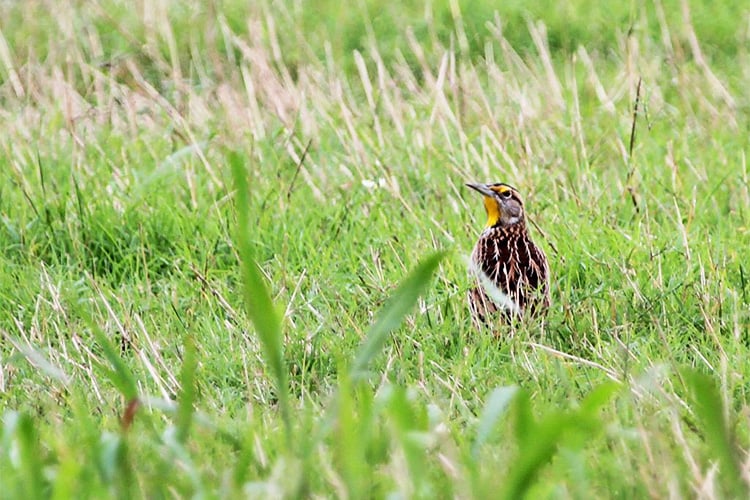
Grassland Birds
Grasslands are becoming rarer and with this loss of habitat comes alarming declines in both the range and abundance of many grassland nesting species.

Important Bird Areas
Sites providing essential habitat to one or more species of breeding, wintering, and/or migrating birds.
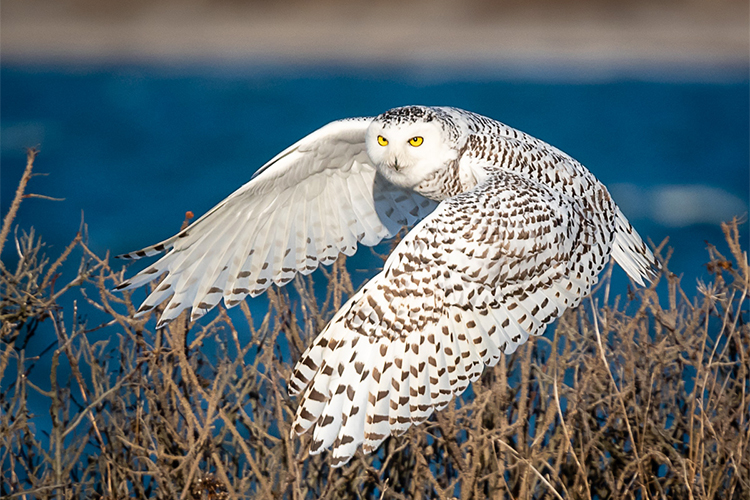
Snowy Owl Project
Safely relocating Snowy Owls from Boston Logan Airport and tracking their movements.
State of the Birds
A comprehensive look at the projected effects of our changing climate on our nesting birds by 2050.
Breeding Bird Atlas
Data about breeding birds in Massachusetts that compares population trends in the same area over many decades.
Stay Connected
Don't miss a beat on all the ways you can get outdoors, celebrate nature, and get involved.



